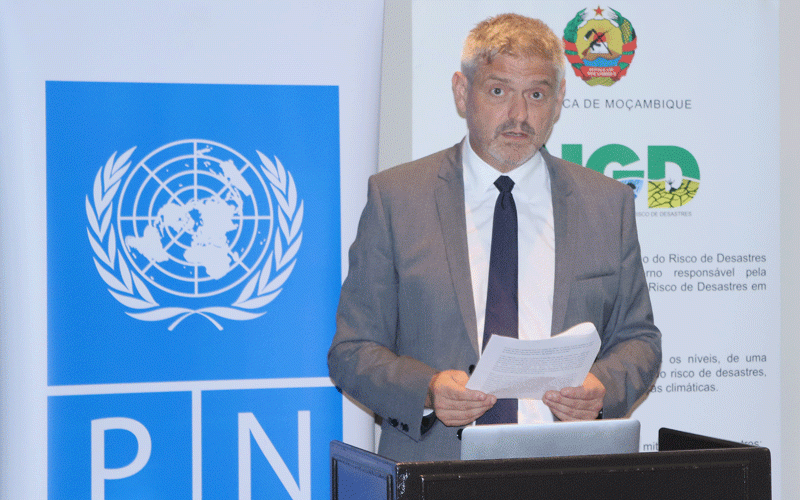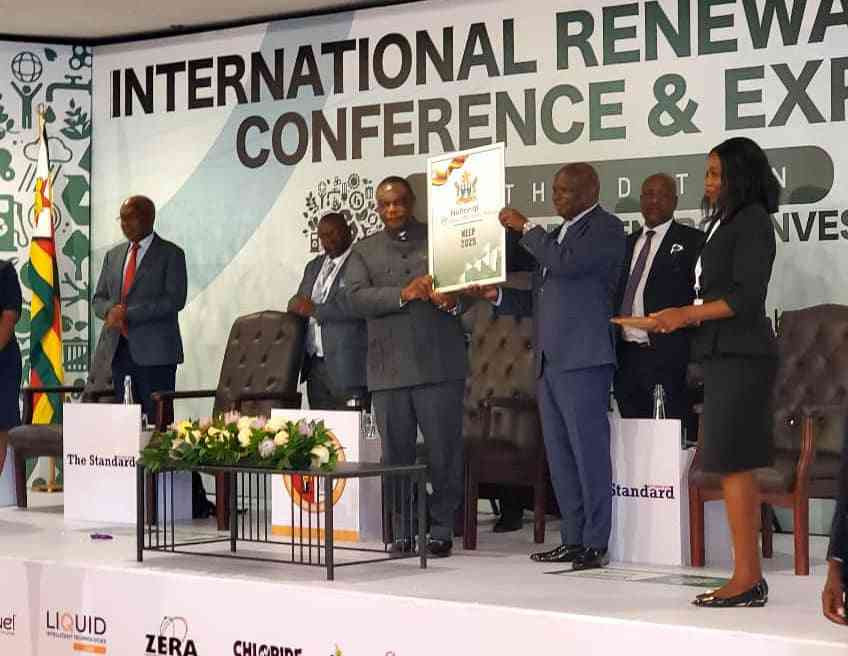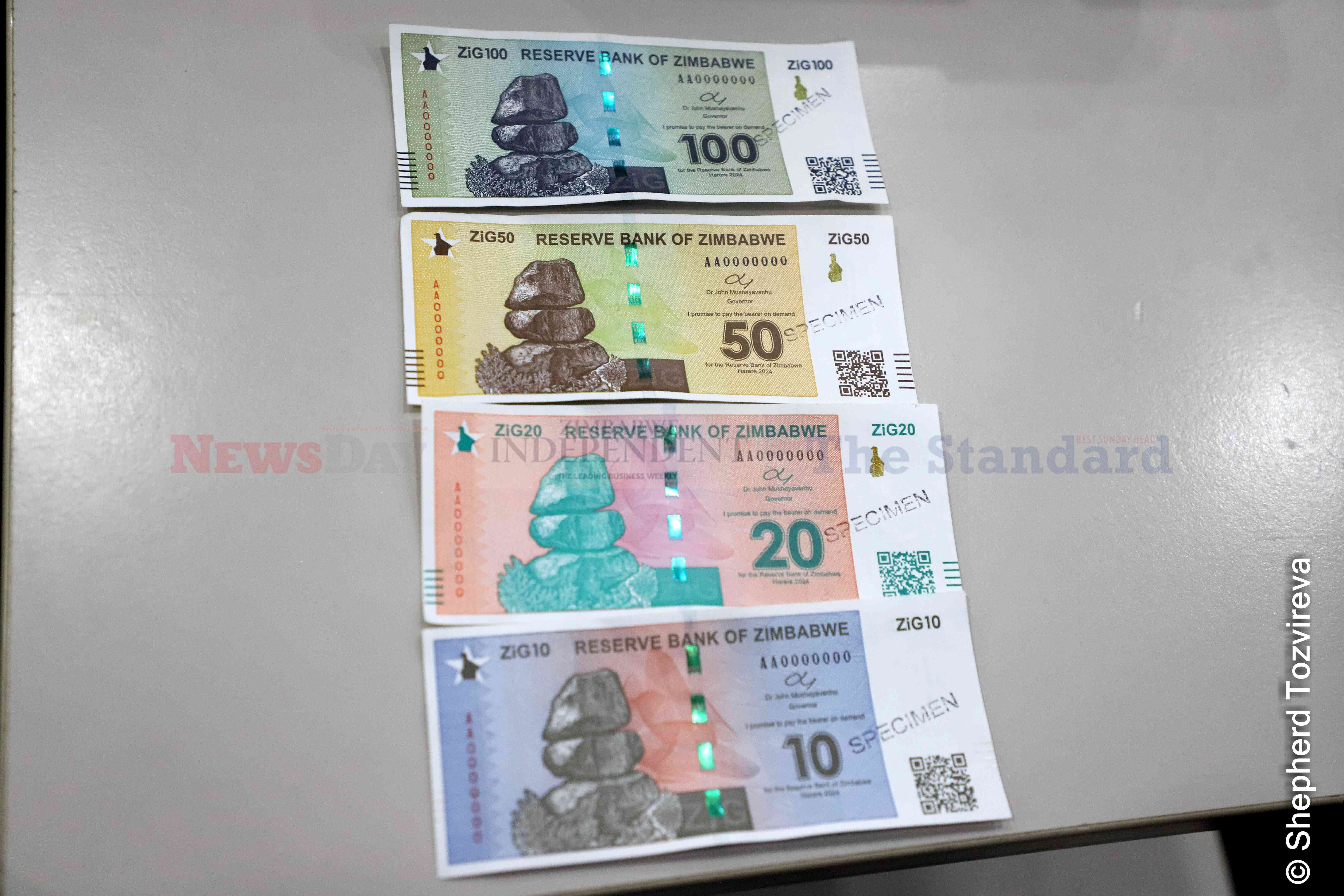
THE government has revealed a 10% increase in the tobacco planted for the year to 132 000 hectares (ha) since January 10, last month, as the industry aims to harvest 300 million kilogrammes (of the golden leaf in 2025.
On January 10, the Tobacco Industry and Marketing Board reported that 120 106ha of tobacco had been cultivated.
The new hectarage reported is an increase from the 108 949ha recorded for 2024.
In an interview, Lands, Agriculture, Fisheries, Water, and Rural Development ministry's permanent secretary Obert Jiri told Standardbusiness that the government was optimistic about producing 300 million kg of tobacco for 2025.
This follows last year’s El Niño-induced drought that significantly lowered the agricultural output of many crops, including tobacco.
“This year, we have conducted a rough assessment indicating that about 132 000ha of tobacco have been cultivated. This is a substantial increase from last year,” Jiri said.
“The tobacco crop this year looks quite good and is significantly different from the El Niño-induced tobacco produced last year. The irrigated tobacco is currently being harvested, and the crop quality looks extremely good.”
He further noted that the quality of the crop was particularly commendable for the irrigated tobacco, which was now being harvested.
- Govt opens ChiTown e-passport centre
- Border Timbers targets European markets
- NGO brings cheer to diarrhoea-hit Byo suburbs
- Garakara walks through his music journey
Keep Reading
The permanent secretary added that this positive development was a welcome change following drought-related challenges experienced last year.
“We also have a later-planted dry land crop, which we allowed to be planted up until January 15. That crop is also looking very good, although it is still at a vegetative stage,” Jiri said.
“We anticipate that production will exceed the 250 million mark. However, being optimistic, I believe we could approach our 300 million mark, if the moisture conditions and overall favourable conditions continue.”
Jiri emphasised the optimistic expectations for this year’s tobacco output, suggesting that the projections reflect not only a recovery from the previous year but also the effectiveness of current farming strategies.
“Regarding the tobacco industry value chain transformation strategy, our first goal was to improve productivity, and I believe we have achieved that,” Jiri said.
“Two years ago, we reached 296 million kilograms, which was very close to our target of 300 million kilogrammes. Production-wise, we have achieved what we set out to do. In the National Development Strategy we aimed to achieve 300 million kilogrammes.”
He said that in terms of value addition, the ministry had begun to make strides to ensure that the total value of Zimbabwe’s tobacco industry reaches billions of United States dollars.
“Currently, farmers receive about US$1 billion, but we aim to enhance the value addition process. We have already seen investments from companies that are processing tobacco into cigars,” Jiri said.
The government official highlighted that companies are actively engaging in specific value chains, such as processing tobacco trash, indicating a shift towards not only exporting raw leaf but also finished products.
This move is expected to bolster the industry’s growth and provide more substantial benefits to stakeholders.
Should the country manage to produce the 300 million kgs of tobacco this year, the government is poised to increase foreign currency reserves as the central bank raised its export retention threshold to 30%, from 25%.
According to the Reserve Bank of Zimbabwe, merchandise exports stood at US$7,9 billion in 2024, owing mostly to gold and tobacco.










